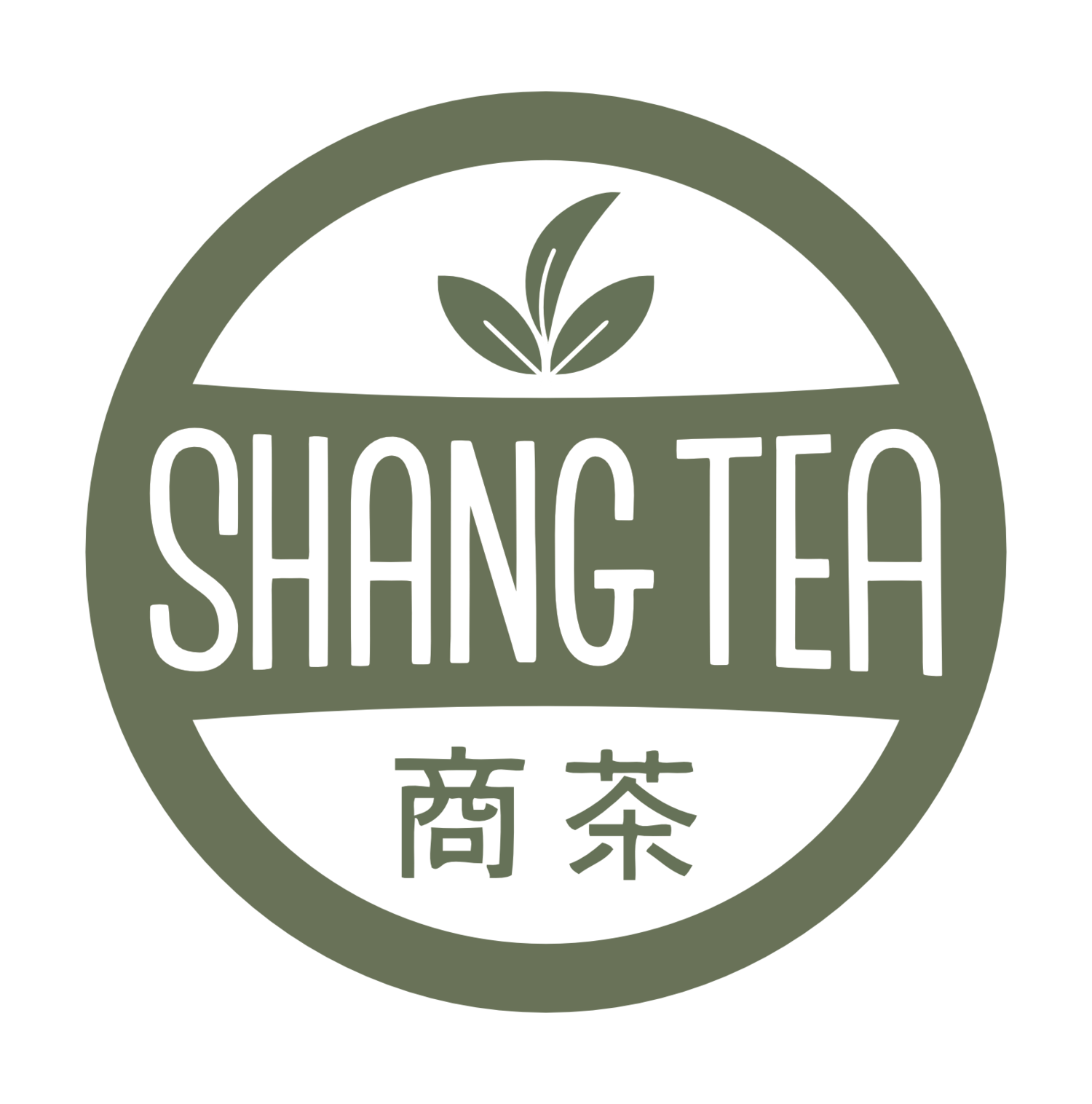White Tea Wu-Long: Is it a White Tea or a Wu-Long Tea?
Our white tea wu-long can cause some confusion for tea drinkers who are curious how a tea can be both a white tea and a wu-long tea at the same time! In this article I will explain this and more as we explore this delicious tea!
As we have explained in previous articles such as this one, tea classifications are determined by two main components. The first component is the processing method that is used. White tea, for example, is plucked and air dried, whereas red or black tea is plucked, slightly bruised, and heated to oxidize the leaves and make them darker. Wu-Long tea falls between the two since it is partially oxidized.
The second component is the tea cultivar that is used. All tea comes from Camellia sinensis, but like apples there are hundreds of different varietals within this species. For example, traditional white tea only comes from two cultivars, the Da Bai and the Da Hao. Traditional Wu-Long tea comes from a number of cultivars, including Ti Luo Han, Ti Guan Yin, and Feng Huang Shui Xian.
Our White Tea Wu-Long is named so because it is a mixture of Wu-Long processing with tea leaves from the white tea cultivars. These leaves from the white tea cultivars do not grow as big as leaves from the traditional iwu-long cultivars.
What we do to make a unique white tea based wu-long is to pick and process the leaves in September/October. At this time of the year the leaves are bigger and more aromatic that at any other time. The leaves are then partially oxidized to 30% or 40% (for about 3.5 to 5 hours). Lastly, one of the key factors is to let it age properly for at least 1 year or longer. This will remove the grassier notes and allow the tea to develop and mature into a more flavorful and delicious drink.
Be sure to stop in to our store and pick up a cup or a bag, or you can order some from this website. It is definitely worth trying!

